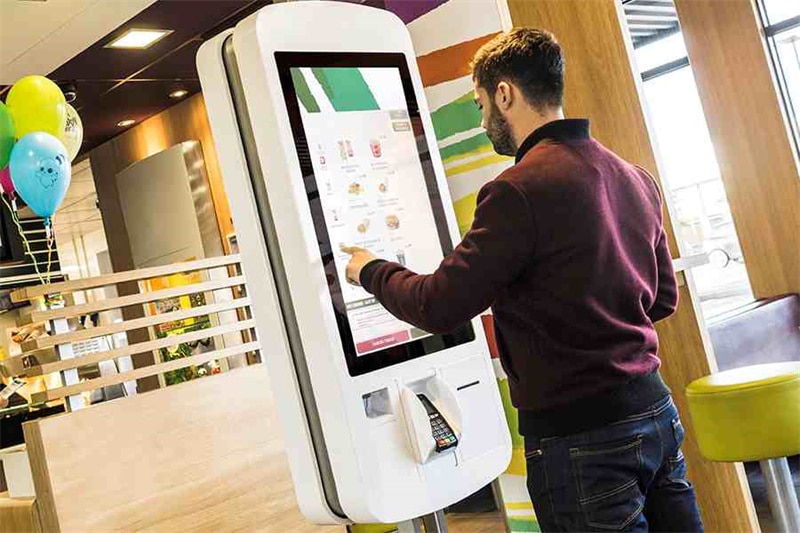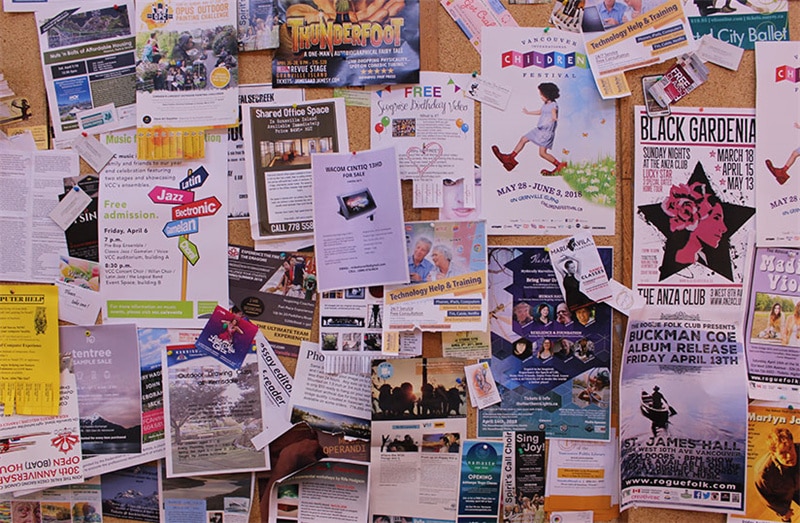Hotels need to offer more than just comfortable rooms to stay competitive in the global market. They must provide a seamless experience for their guests from the moment they step into the building until they leave it.
Technology can help hotels run more efficiently and improve guests' experience by providing convenience and reassurance at every stage of their stay. Read on as we look at seven ways technology can improve hotel guests' experience.
Fast and Flexible Check-in With Self-Service Kiosks

Self-service kiosks are fast, flexible, and easy to use. The new generation of self-service kiosks can be used in various ways – for check-in, checkout, and other purposes such as ordering room service or making a doctor's appointment.
They can be installed at the reception desk or in another location where guests need information. According to recent studies, self-service check-in technology was the most adopted tech during the pandemic, with 23.5% of hoteliers adopting it and 11.8% planning to implement it in 2022.
Thanks to touchscreens that work with pen or fingers, guests can operate them without difficulty in any language they speak.
The best thing about these devices is that they allow you to easily extend your existing receptionist software so that customers can make appointments while they wait in line at the front desk (or even before they arrive). The integration with virtual receptionist software elevates the overall customer experience.
Use Mobile Key Technology
The mobile key technology is a relatively new and rapidly growing method of checking in hotel guests. According to the latest data, the mobile key adoption rate rose by almost 45% during the pandemic and is expected to increase by 31% in 2022. This technology allows your hotel to have a fully automated check-in process, which means there will be no need for staff stationed at the front desk.
Instead, guests can use their smartphones or other mobile devices to access their rooms and avoid long lines at the front desk. It can help speed up the check-in process and reduce the time it takes for guests to get into their room after arriving at the hotel.
This method also improves customer service because employees do not have as many tasks when using mobile key technology. Therefore, they can focus on providing guests better service instead of doing other things such as printing out keys manually or manually processing credit cards.
Provide Real-Time Information About the Hotel Using Video Walls
Some hotels have started incorporating video walls into their lobbies to display real-time information about the hotel, the city, and local attractions. You can also use a video wall to display useful information for guests planning a trip or checking in later during their stay.
Hotels can use this technology to show live streaming from a camera placed in different areas of the hotel. Guests could see what's happening at the pool or on one of the balconies while waiting for their room keys and bags to be delivered after checkout.
Use Digital Room Signs to Provide Informational Noticeboards

Digital room signs can provide informational noticeboards that will be useful for guests, staff, and even other guests.
For example, a digital sign in your hotel lobby might show the current temperature outside, how you can book a room service delivery, the number for calling if there's something wrong with your room, or even simply “we hope you enjoy your stay.”
Control Room Temperature With Smart Thermostats
Another way to improve the guest experience is by using smart thermostats. By installing a smart thermostat in your hotel, you can control the room's temperature remotely and schedule it to adjust at certain times so that they're comfortable while they're away from their rooms.
Some of these systems are controlled via smartphones, making them even easier to use, but most have voice control options, too, so customers don't have to stop what they're doing just because they want more heat. Hotels will benefit from having smart thermostats installed as these are the future of IoT in the hospitality industry.
According to Zion Market Research, the global smart thermostat market is expected to cross 6,866.4 Million by 2028 at a 20.4% CAGR. So, it makes sense for hotel businesses to start implementing smart thermostats in rooms.
Smart Lighting to Create the Right Ambience in Your Room
The lighting in your hotel room is one of the most powerful tools in creating the right ambiance for your guests. You can use it to create a sense of calm, excitement, or romance.
Lighting can also be used to enhance the character of your hotel and help establish its identity. For example, if you are a boutique hotel that takes great pride in its fine wines, you might have dimmed lights with warm tones to complement the mood created by your exquisite wine list or cellar door experience.
Use Motion Sensors for Lighting and Electrical Appliances
Motion sensors are used to control lighting and electrical appliances. They are used to save energy and reduce maintenance costs. They can be used to turn off lights when the room is empty, which will help you keep your hotel's energy bill down.
Motion sensors can also be used to turn off your TV or air conditioner when you leave the room so that if you come back later and want to use it again, it will still be ready for you. You should use motion sensing technology as much as possible to offer a more comfortable experience for your guests while reducing costs simultaneously.
We hope this article has given you some ideas on improving your guest's experience with technology. We think it's a really exciting time for hotels and their guests, so get out there and start implementing these tips today.










